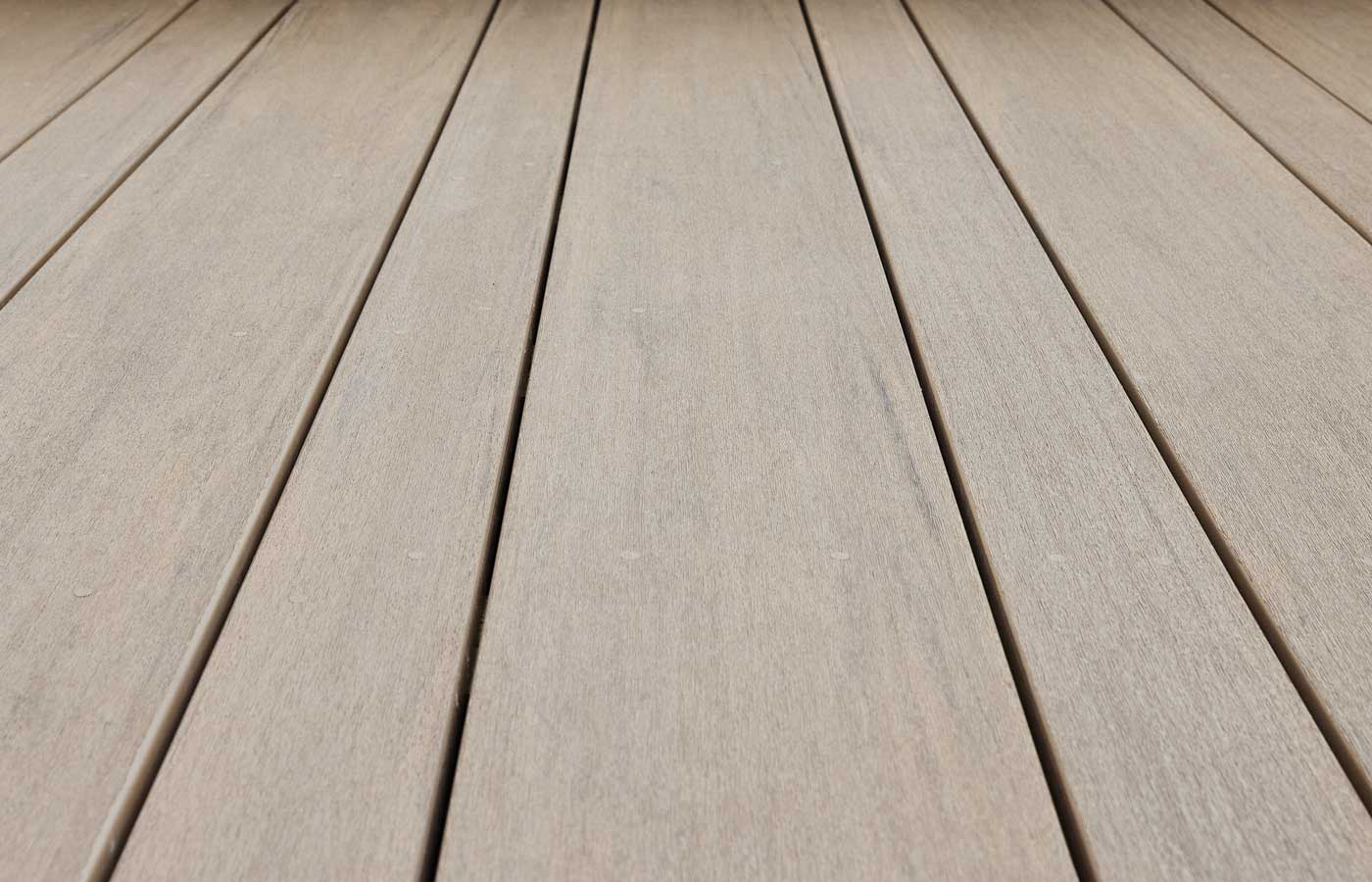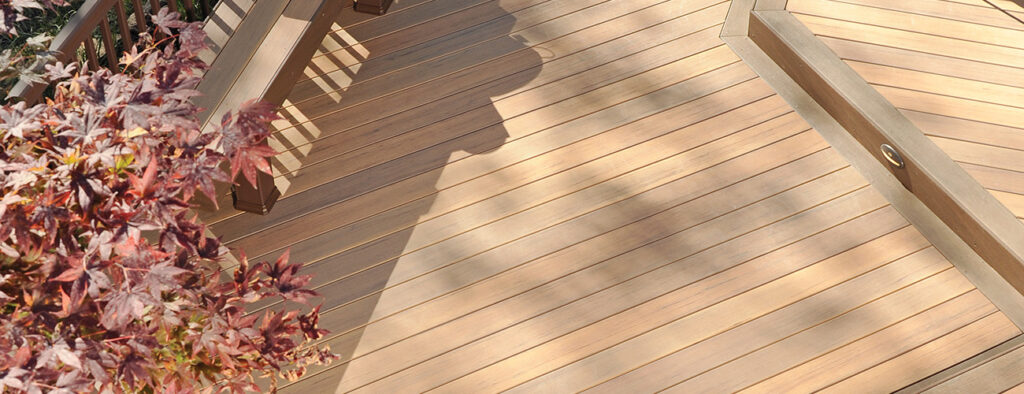Learning how to be more sustainable can transform the way we live and help protect the Earth for future generations.
Changes you can make to be more sustainable range from simple everyday changes to larger commitments. Remember, though: Sustainability is an ongoing process we all need to commit to. There’s no one-size-fits-all approach and incorporating sustainable practices into your purchasing and lifestyle habits — on any scale — helps the planet.
Being more sustainable has benefits for both you and our planetary home:
- Saves you money in the long run with greater efficiency in your consumption of resources.
- Contributes to a healthier planet by using less and reducing your waste.
Sustainable Changes You Can Make Today
When making big life changes, it’s always best to start small. Make these simple updates today and watch how small changes result in big impacts over time.
1.) Switch to LED Lightbulbs
To be more sustainable with your energy consumption, switch to LED lightbulbs. LEDs use at least 75% less energy than incandescent bulbs, which means fewer greenhouse gas emissions — and greater savings for you.
SUSTAINABLE SAVINGS
In a 10-year period, LED light bulbs can save you roughly $1,000 in energy costs.
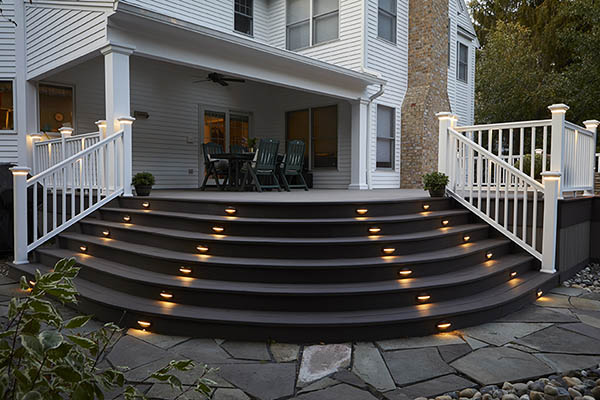
Light Up Your Deck With LEDs
TimberTech® deck lights use LED lightbulbs to give your deck an ambient glow. Our deck lights last longer than temporary lighting (like string lights or lanterns) so you can keep your evening entertaining going even later.
2.) Air-Seal Your Home
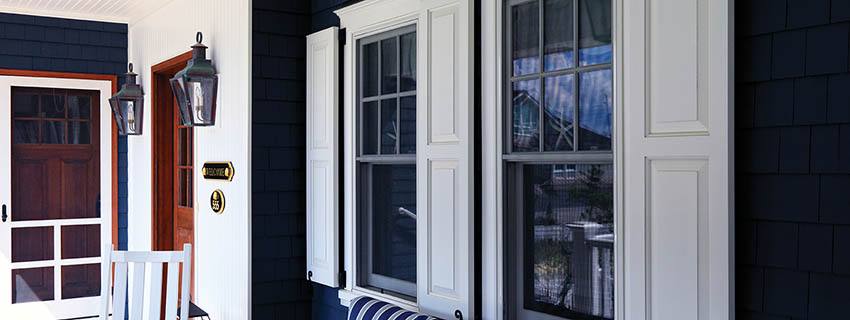
Sealing air leaks around your home keeps your interior cooler in the summer and warmer in the winter while reducing your home’s energy consumption — and your carbon footprint. Weatherproof windows, doors, the attic, and other areas of air leakage to maximize your home’s insulation.
An easy way to weatherproof windows, doors, and any cracks or holes is to use caulking or weather-stripping in the gaps. If you’re ready to make a bigger investment, you can install energy-efficient windows and doors.
SUSTAINABLE SAVINGS
Air sealing your home reduces heating and cooling costs, saving you an average of 15% on your energy bill.
3.) When You Can, Reuse
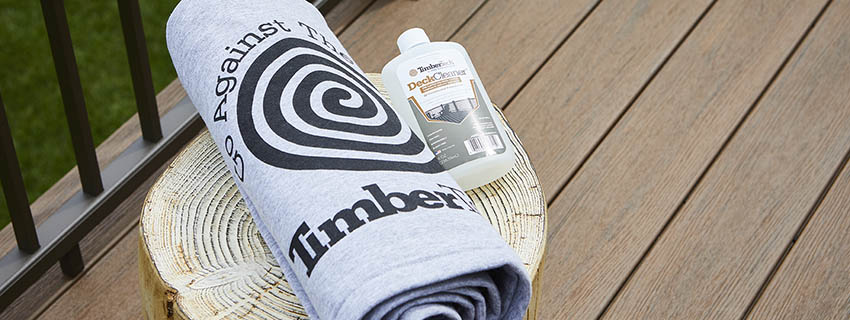
When learning how to be more sustainable, the old adage “reduce, reuse, recycle” is the ideal mantra to live by. You can significantly reduce your use of single-use items simply by choosing reusable items instead.
Plus, using reusable items saves you the cost of purchasing new items when you use up your current supply.
SUSTAINABLE SAVINGS
Switching from bottled water to a reusable water bottle alone can save you an average of $260 per year.
Reusable Swaps for Single-Use Items
| | |
|---|---|
| X Paper towels | ✓ Towels or rags to clean |
| X Plastic bags | ✓ Reusable grocery bags |
| X Paper or plastic bags | ✓ Reusable lunchboxes and containers |
And the list goes on.
Sustainable Changes to Establish as New Practices
Ready to take a bigger step forward in your sustainability journey? Consider introducing these new practices into your life.
4.) Grow Your Own Food
Homegrown food has several benefits:
- Reduces the CO2 emissions from “food miles,” which are those emissions created by shipping produce across the country.
- Gives you and your family fresher, tastier produce.
- Has little to no use for pesticides and chemical fertilizers which can leach into the environment causing harm to the soil, insects, and animals.
SUSTAINABLE SAVINGS
On average, a 600-square-foot vegetable garden can save you about $600 a year in grocery bills.
5.) Stick to Native Plants

When planning your landscaping and garden designs, stick to native plants. Native plants provide an optimal habitat for local wildlife which supports the ecosystem and preserves biodiversity.
Having evolved over hundreds of years to grow in their native habitat, native plants are naturally hardier and require less maintenance than non-native species.
The benefit to you? Less watering and fertilizing, which means lower costs for garden upkeep.
SUSTAINABLE SAVINGS
The EPA estimates that planting native plants can reduce outdoor water consumption by 50%.
Sustainable Changes to Work Toward
Learning how to be more sustainable is ongoing because the work of more sustainable living is ongoing. It’s not about one small tweak, but about continually striving to be as sustainable as possible. This sustainable change idea will take time and effort, but it’s well worth the investment — and will save you big over time.
6.) Upgrade Your Home to Be LEED-Certified
LEED, or Leadership in Energy and Environmental Design, is an international green building certification system run by the U.S. Green Building Council (USGBC). LEED-certified homes are those built or renovated with sustainable materials, energy-efficient heating and cooling, superior insulation, water-conserving taps and toilets, and many other sustainable building practices.
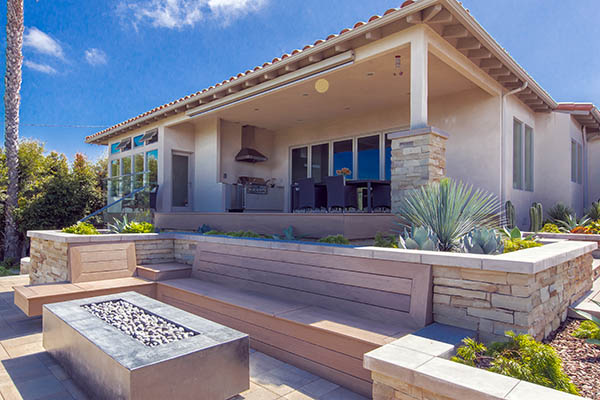
Benefits of a LEED-Certified Home
LEED-certified homes offer major benefits for you and the planet, including:
- Increased resale value of your home.
- A lower carbon footprint than conventional homes.
- Saving you money by using less energy.
One of the first steps you can take toward more sustainable living is to opt to build with TimberTech.
Your Sustainable Outdoor Living Choice: TimberTech Decking

Using sustainable materials is a big part of your home’s path to LEED certification. Choosing TimberTech sustainable composite decking for your outdoor living space gives you the nature-inspired aesthetic of traditional wood, without contributing to deforestation.

Recycling Plastic to Create Sustainable Decking
TimberTech uses post-industrial and post-consumer plastics to create our beautiful decking lines:
- Our capped composite decking is made of up to 80% recycled material, including 100% recycled wood fibers.
- Our capped polymer decking is made of approximately 50% recycled material.
TimberTech: We’re Committed Right Along With You
We’re just as committed to sustainability as you are:
- Our Chicago office is LEED-certified.
- We’re a US Green Building Council Gold Member.
- Our manufacturing processes conserve water, reuse scrap, and save energy
- We diverted about 500 million pounds of waste and scrap from landfills in 2021, and we plan to reach 1 billion pounds annually by the end of 2026.
Integrate Sustainability Into Your Outdoor Living Space With TimberTech
Learning how to be sustainable is not a one-and-done change — it’s an ongoing process of integrating sustainable practices, at your own pace, into every aspect of life.
Building or renovating your outdoor living space gives you another area of opportunity to be more sustainable by choosing environmentally friendly materials. Because TimberTech decking is made sustainably, you can feel good about improving your home’s curb appeal, and the health of the planet.
Looking for an easy, sustainability-focused choice you can make today? Order up to four free decking samples and see just how beautiful recycled material can be.


